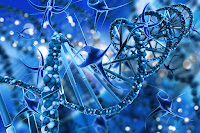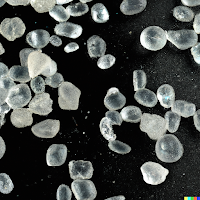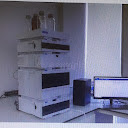Food-substance that promote development of an organism

General Deffinition of food Food refers to any substance consumed by living organisms to provide nourishment and energy for growth, maintenance, and functioning. It can be of plant, animal, or microbial origin and is typically ingested through the mouth and digested in the digestive system to extract essential nutrients such as carbohydrates, proteins, fats, vitamins, and minerals. Food is an essential component of human life, and it plays a crucial role in sustaining health, supporting growth and development, and providing pleasure and enjoyment in the form of meals, snacks, and beverages. Food can also have cultural, social, and economic significance, and it varies widely in taste, appearance, texture, and nutritional composition across different cultures, regions, and cuisines. Pic: bread/Food items, PhotoCredit: freepik. Table of Contents What is food? Classification Sources Taste of food Digestion ...






